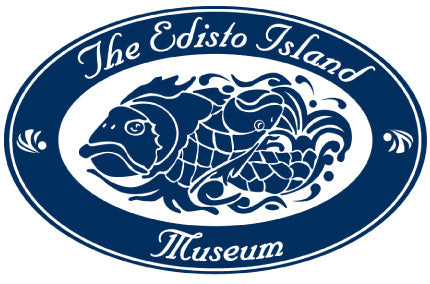Alice Bailey Stevens’ Edisto roots go back to 1720. She was born at Blue House Plantation, where she lived until 1929, when the family moved to Brookland Plantation. In 1945, she married Johnson Stevens of Lambs Bluff Plantation on Yonges Island. They had three children. She attended high school on Edisto, graduated from Winthrop, and did advanced studies in South Carolina history at the Citadel. She taught primary school for 26 years in Charlotte, Charleston, and Yonges Island. Asked to speak about the history of transportation on Edisto, Alice noted that every facet of life was affected by transportation or the lack thereof. She detailed the early modes: long boats owned by the plantation owners that could make their way to Charleston from North Edisto through a series of cuts. Those on the south end side had a much longer way to row.
Lack of transportation also affected early Islanders’ opportunities for worship; they had to travel by boat to Church Flats on Dixie Plantation until they successfully petitioned to have their own church. It limited romantic opportunities as well, as travel between islands was challenging: ‘Some just had to marry the local girls,’ Alice noted. ‘They're still doing it.’ By 1910 the Stevens Line Company began providing daily service to Edisto. Alice gave a snapshot of her lineage: In the early 1800s, her great-grandmother married Ephraim Mikell and moved to Blue House, which his son, Ephraim Jr., inherited. It began as an indigo plantation, but also grew rice, some cotton, and had an orchard. After the boll weevil destroyed the cotton industry, truck farming took over (beans, cabbage, and seed potatoes that came from Prince Edward Island).The black women would sit in a circle, cutting potatoes, and singing spirituals, some 60 years after the Civil War had ended. She also talked about other African American traditions that endured: in cooking, in the language, and in agriculture.
Other reminiscences: riding horses at Sea Cloud plantation, the bounty of Blue House, Brookland’s devastation, the practices of people from the Burrough, She ended her talk with a dramatic recounting of two catastrophic events on the Island (the 1886 earthquake and the 1893 hurricane), the first of which involved a crack in the earth in which water bubbled up as if it had ‘come straight up from hell,’ the second of which told of a tragedy that left a lone family survivor ‘fierce,’ and determined never to set her foot in water again.
